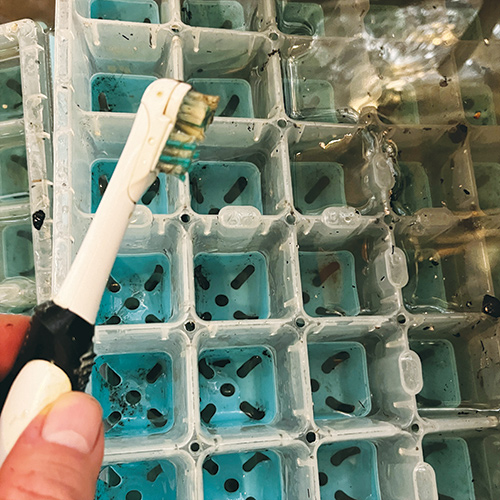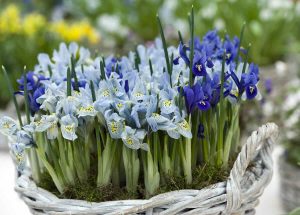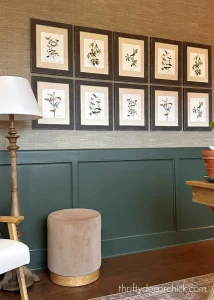
Gardeners often find ingenious ways to solve problems. Below you’ll find tips from our readers that repurpose common household items to great effect. Get an edge on gardening and peruse all of our past gardening tips here.
Winning Tip: A seed-starting cleanup tool you didn’t know you had
When it’s seed-starting time again, I like to power up my cleaning routine with a battery-operated toothbrush. While I look forward to starting seeds, I don’t look forward to cleaning my seed trays. A dish scrubber works well with the trays, but the small size of the seed cells makes cleaning them more challenging. Using an old battery-operated toothbrush gives it a second use and makes cleaning the leftover caked-on compost a lot easier. With the toothbrush I can do a thorough cleanup before I sterilize the seed cells.
—Tom Fisher, Depew, New York
Make your leather work gloves as good as new
I use all types of gloves for different gardening chores. For heavy-duty digging in the dirt, however, nothing is better than leather work gloves. I find that when they are heavily soiled, they wash up great when I immerse them in soap and water. I blot them dry with a towel and then hang them to dry. When they are still slightly damp, I slather them with a dollop of hand lotion. After they have dried completely, they are soft and supple like a new pair of gloves.
—Mary Schindler, Gainesville, Florida
Colorful and sturdy peony support
I attach peony metal circles to old wooden chairs that have had their seats removed. I then paint the chairs to complement whatever color is highlighted in the garden. The chairs are pleasing to look at and provide much sturdier support than the circles by themselves.
—Michaela Zinno, North Kingstown, Rhode Island
African violet propagation
When potting rooted African violet leaves, I use two 12-ounce Styrofoam cups per leaf. The inside cup has drainage holes and holds the fresh soil. The outside cup provides insulation, and its white color keeps the plant from overheating in the sun. I add water when needed to the bottom cup, while never touching the leaves. Plant data can be written on the inside or outside cup.
—Mary Crum, Ft. Myers, Florida
A chipmunk defense for tomatoes
Chipmunks love to dig at the roots of young plants. When I move my tomato plants to their summer home in giant pots, I have to protect them from chipmunks until the plants have gotten established. I put a little circle of plastic forks around the base of each tomato plant and sprinkle the base with hot pepper flakes from the grocery store. (You can also use bamboo forks or even old chopsticks.) I just wash them at the end of each growing season, dry them, and store them away. I get several seasons out of the plastic forks before they’re ready to be recycled.
—Carla Z. Mudry, Malvern, Pennsylvania
Keep plants moist while they’re waiting for their place in the garden
If you can’t plant something right away, place the plant, pot and all, in a sturdy plastic bag (an empty potting soil bag works great) until you’re ready. The bag helps to maintain moisture and minimizes the need to water. I’ve used this method often, even for overwintering fall shrubs I bought at nursery closeout sales.
—Alina Butler, Winchester, Virginia
BONUS TIP
Overwintering steps for geraniums
Here is an easy way to overwinter a geranium. With the plant in its original container, put it in a cool (above 35°F), dark place prior to the first frost. Once the leaves start to fall off, trim them down. Water the geranium a few times over the winter. As spring approaches, start watering more at the same time you begin to give it indoor light. When the temperature is warm enough to put the plant outside, start it in the shade and then gradually introduce it to direct sunlight. The amount of flowers you get will be astounding.
—Michael Muscarella, Tonawanda, New York
Learn more about growing geraniums
Repurposed tools you can use in the garden
Photos: courtesy of the contributors
We need your gardening tips!
Send your tips to [email protected] and please include high-resolution photos if possible. We pay $25 for each tip we publish.
Prize for winning tip:
A FREE one-year subscription to Fine Gardening






